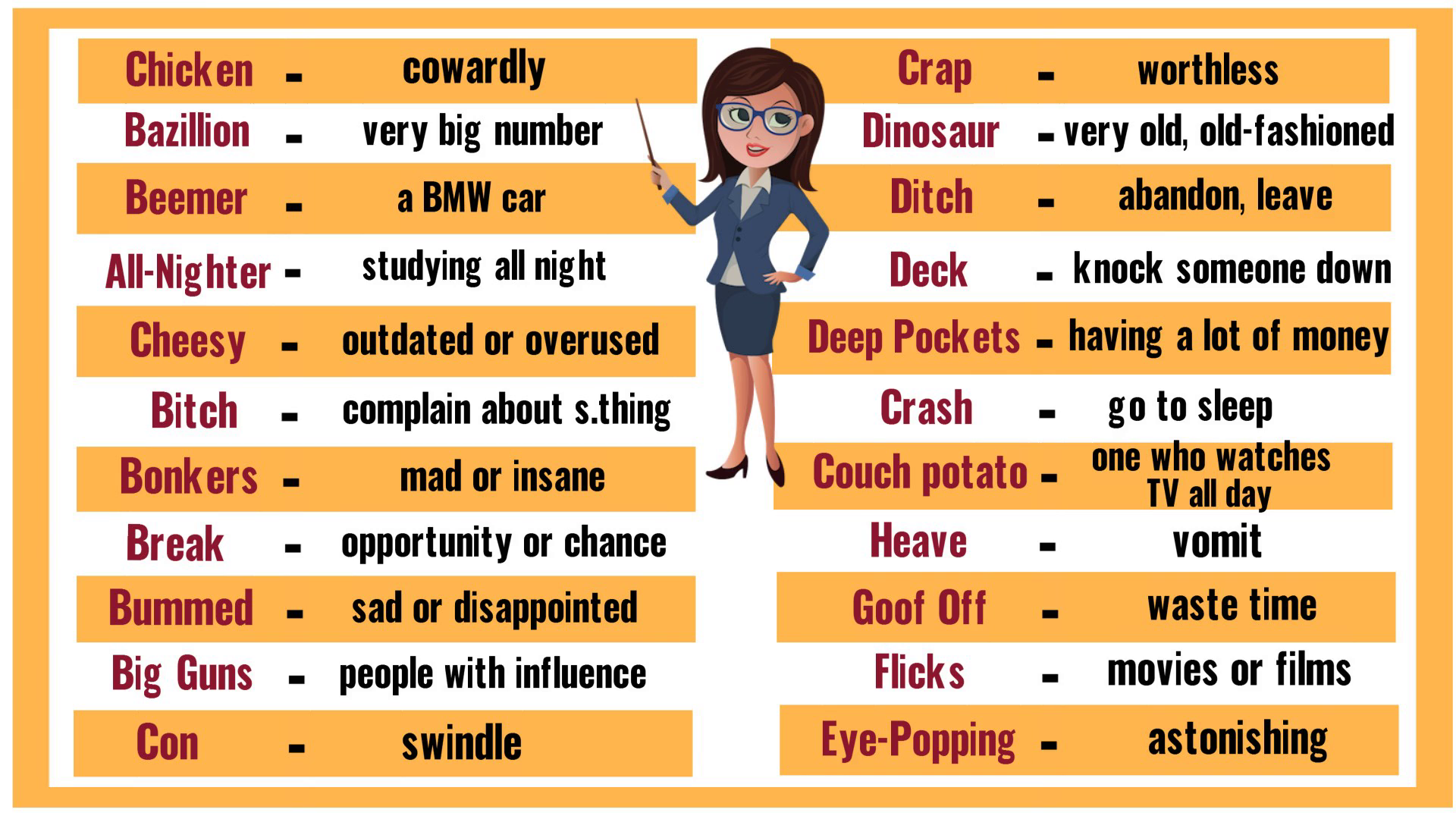The Phrase “Shakes the Clown” in Popular Culture

The phrase “shakes the clown” is a colloquial expression that has gained traction in popular culture, particularly in the realm of music, film, and literature. While its origins remain somewhat obscure, the phrase has evolved into a versatile tool for expressing a variety of emotions and sentiments.
The Origins of “Shakes the Clown”
The phrase’s precise origins are shrouded in mystery. Some believe it emerged from the world of street performers, where clowns would literally shake their bodies as part of their act. Others suggest it may have originated in the underground music scene, where the phrase was used to describe a particularly wild or energetic performance. Regardless of its true origin, the phrase “shakes the clown” has a long and colorful history in popular culture.
“Shakes the Clown” in Music
The phrase has found its way into numerous musical genres, from hip-hop and rock to pop and electronic dance music.
- In hip-hop, the phrase is often used to describe a rapper’s ability to flow effortlessly and with confidence.
- In rock music, the phrase is sometimes used to describe a band’s raw energy and stage presence.
- In pop music, the phrase is often used to describe a song’s catchy and infectious beat.
“Shakes the Clown” in Film
The phrase has also made its way into film, where it is often used to describe a character’s eccentric or unpredictable behavior.
- For example, in the film “The Big Lebowski,” the character of “The Dude” is often described as “shaking the clown” due to his laid-back and carefree attitude.
- In the film “Fear and Loathing in Las Vegas,” the character of Raoul Duke is described as “shaking the clown” due to his drug-induced paranoia and hallucinations.
“Shakes the Clown” in Literature
The phrase has also been used in literature, where it is often used to describe a character’s sense of humor or their ability to find joy in the face of adversity.
- In the novel “Catch-22,” the character of Captain John Yossarian is described as “shaking the clown” due to his cynical and absurdist outlook on life.
- In the novel “The Hitchhiker’s Guide to the Galaxy,” the character of Arthur Dent is described as “shaking the clown” due to his ability to remain optimistic despite the chaos that surrounds him.
Interpretations and Meanings of “Shakes the Clown”

The phrase “Shakes the Clown” carries a multitude of interpretations and meanings, reflecting its potential for humor, satire, and social commentary. While seemingly simple on the surface, the phrase invites a deeper analysis of its underlying layers of meaning, inviting us to explore the complexities of identity, societal perceptions, and the power of language.
Humor and Absurdity
The phrase “Shakes the Clown” is inherently humorous due to its absurdity. The juxtaposition of the name “Shakes” with the profession “Clown” creates an unexpected and comical image. This absurdity can be attributed to the contrast between the mundane nature of the name “Shakes” and the playful, exaggerated persona of a clown. This contrast fuels the humor, as it evokes a sense of the unexpected and the incongruous. The humor is further amplified by the image of a clown named “Shakes,” a name that evokes a sense of trembling or instability, adding another layer of irony to the phrase.
Satire and Social Commentary
Beyond its humorous potential, “Shakes the Clown” can also be interpreted as a satirical commentary on society’s perceptions of clowns and the individuals who embody this profession. Clowns are often seen as figures of amusement and entertainment, but they can also be perceived as figures of mockery, ridicule, and even fear. The phrase “Shakes the Clown” can be interpreted as a critique of this societal dichotomy, highlighting the contradictions and complexities surrounding the role of clowns in society. The phrase can be seen as a critique of the way society often reduces individuals to stereotypes, overlooking their individual complexities and struggles.
Multiple Interpretations
The phrase “Shakes the Clown” is open to various interpretations, depending on the context and the individual’s perspective. For some, it might evoke a sense of playful amusement, while for others, it might evoke a sense of sadness or even fear. The phrase’s versatility in meaning is a testament to its power as a linguistic construct. It can be used to express a wide range of emotions and perspectives, making it a powerful tool for communication and artistic expression.
Visual Representation
A visual representation of the different interpretations of “Shakes the Clown” could be a collage of images depicting various aspects of the phrase. The collage could include:
* An image of a clown with a trembling hand, symbolizing the humor and absurdity of the phrase.
* A caricature of a clown being mocked or ridiculed, representing the satirical commentary on society’s perceptions of clowns.
* A portrait of a clown looking sad or introspective, showcasing the potential for deeper emotional interpretations.
* A series of abstract shapes and colors representing the phrase’s versatility in meaning and its potential for artistic expression.
The collage would aim to visually encapsulate the multifaceted nature of the phrase “Shakes the Clown,” showcasing its potential for humor, satire, social commentary, and artistic expression.
Shakes the Clown, a character known for his chaotic and often disturbing antics, could be considered a comedic outlier. While he might not be everyone’s cup of tea, his brand of humor aligns with the irreverent and off-kilter comedy that’s often found in the work of comedians like joe rogan and adam sandler.
Just like those two, Shakes the Clown pushes boundaries and explores the dark side of humor, leaving audiences both entertained and slightly unsettled.
